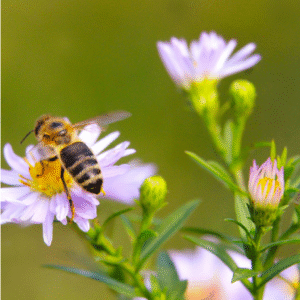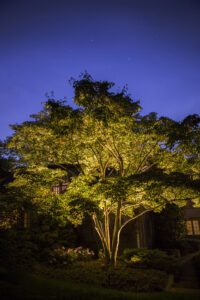By: Karl Deibert
Friends, foes and tasty treats…
Our world hosts an untold number of species and nowhere is that more evident than within the kingdom of fungi. To date, we’ve described around 5 percent of the estimated 2.2 million species. Throughout most of our horticultural history mushrooms, molds, and other fungi have been viewed as no more than garden pests and boy, were we wrong. The vast majority of plants form intricate symbiotic relationships with their mushroom partners. These relationships are crucial to creating healthy, nutrient rich soil and through that soil, lush and beautiful gardens. Unlike the plants we adore so much, fungi require a food source with more substance than sunlight and they have developed several interesting techniques in order to get their food. When we see a mushroom pop out of the ground or the side of a tree, we are only seeing a small piece of the whole organism.

Under that mushroom is a vast network of fungal tissue that we call mycelium. A cubic inch of soil may have several miles of these thread like tissues, and with that reach they have found a way to break down just about every carbon based molecule. Many of the ones we encounter in our garden beds like the adorable birds nest fungi(Crucibulum laeve) or curious Dog vomit slime mold (Fugilio septica) feed on dead wood or decaying plant matter.
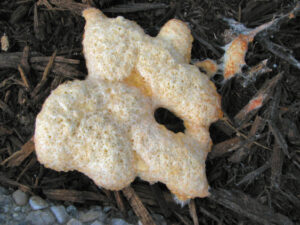
These are called the saprophytes and they are responsible for creating the majority of our topsoil. Many can be observed growing on dead trees, fallen branches and straight out of the garden beds. This is one of the many benefits to putting down a thick layer of shredded hardwood mulch or wood chips. These fungal allies spearhead the effort as well as the rest of nature’s cleanup crew of turning old plant material into the perfect food for our plants. Many edible mushrooms fall into this category like Maitake, Portobello, Chicken of the Woods just to name a few.
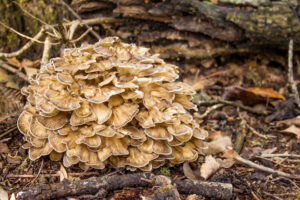
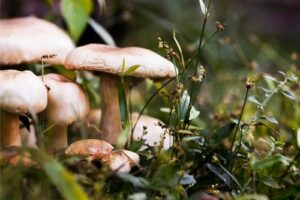
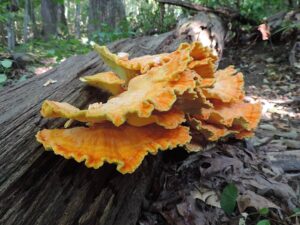
The next group of fungi form symbiotic relationships with plants by trading nutrients back and forth; these are the mycorrhiza.
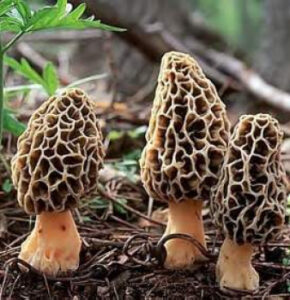
Some are microscopic and live their entire lives within the tissues of the plant, while others live throughout the soil and will grow their mycelium directly into the roots making a nutrient port.
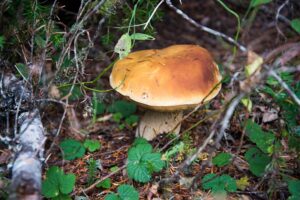
The mycorrhizae are then able to send things like water and minerals directly into the plant’s cells in exchange for sugars (carbohydrates) made by the plant through photosynthesis. Studies have shown that seedlings planted with mycorrhizae in the soil will grow several times faster than seedlings grown in sterile soil. Think of them like probiotics for your plants.
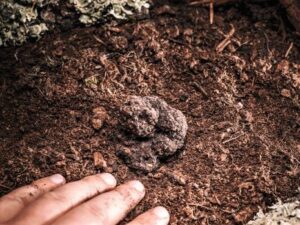
There are several groups of plants that have become totally reliant on these types of fungi. Orchid seeds for example do not have the energy to produce their first set of leaves and must rely on a compatible mycorrhizal fungus to start growing. Some well known culinary mycorrhizal would be Morels, Porcini and the prized truffles.
The final group are the parasites. These are the ones that tend to get talked about most in the garden because they can wreak havoc in the garden from making brown spots on the flowers to sucking the life out of a full sized tree.
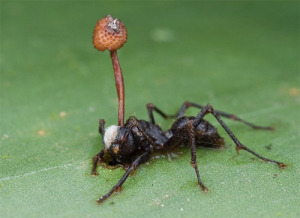
They can also work as allies by infecting some nasty insect pests like caterpillars, termites and ants. Whether infecting a plant or animal, parasitic fungi play a crucial role in regulating populations and keeping things balanced.
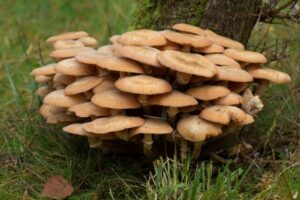
Notable parasitic fungi would be the honey mushrooms which holds the title for largest living organism at over 4 square miles and the highly medicinal Cordyceps fungus which feeds on invertebrates.
Fungi are a fascinating group of organisms that we as a species are just starting to understand. Fifty years ago many biologists still considered fungi as a type of plant where now we know through DNA analysis that they are closer related to animals and some theorize they may be our ancestors. We do know that they are crucial to the long term health of our gardens, and our world


